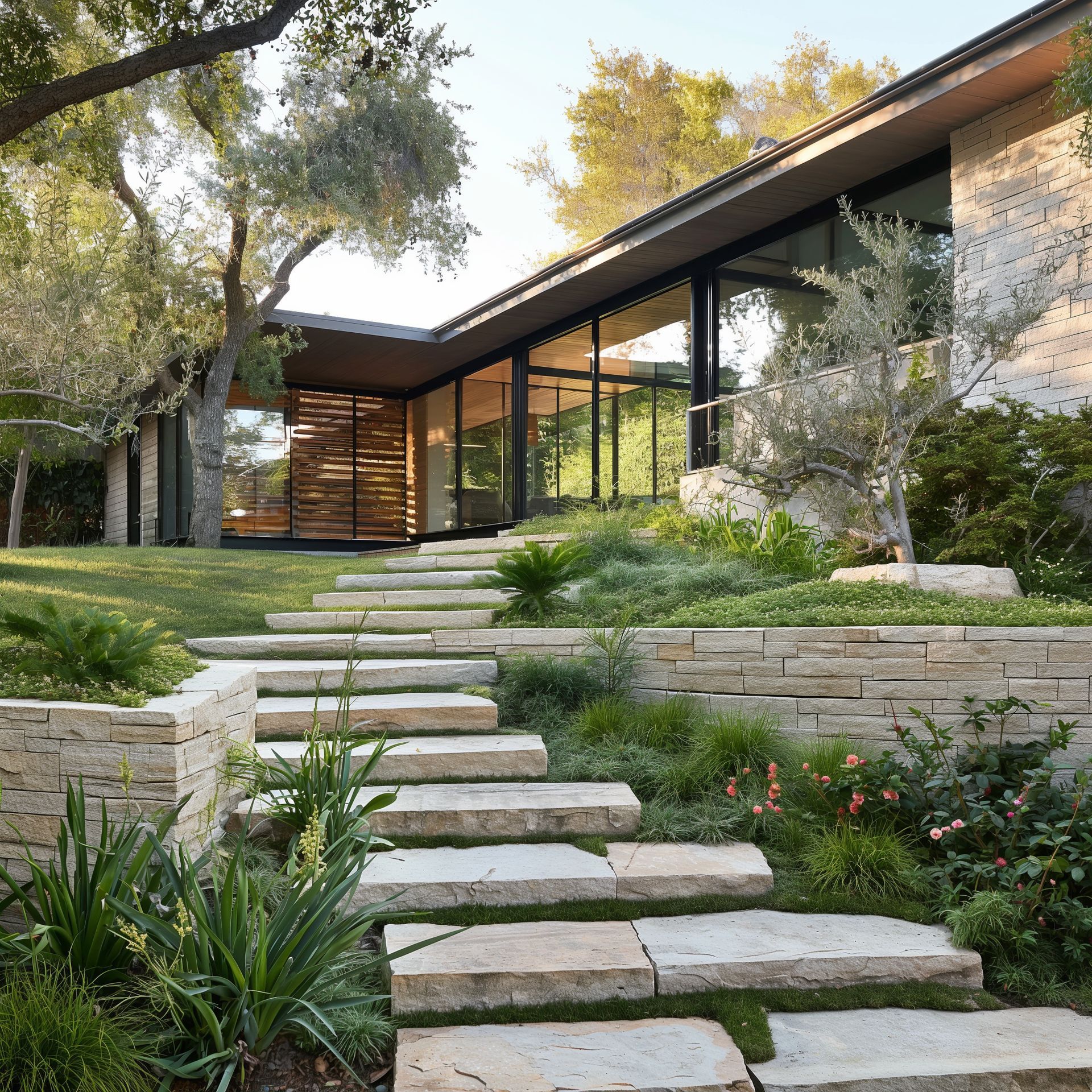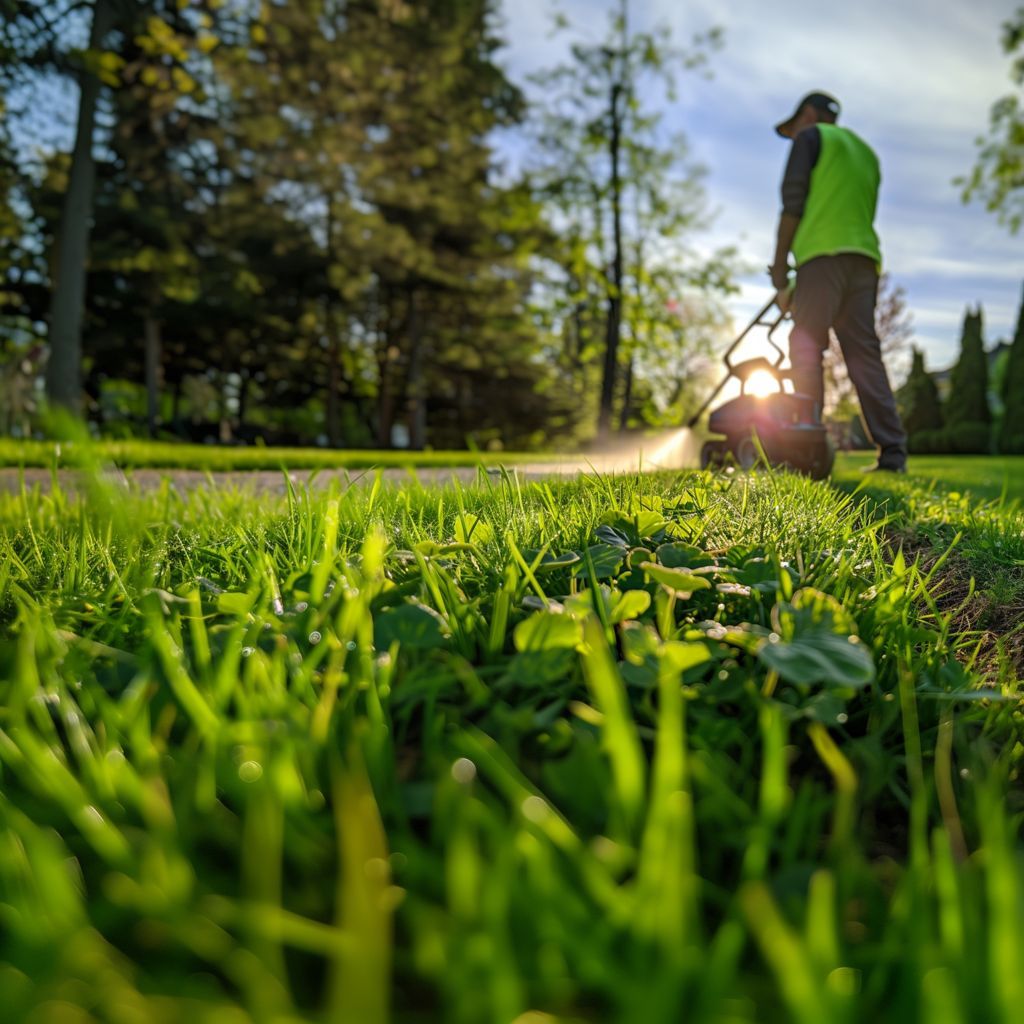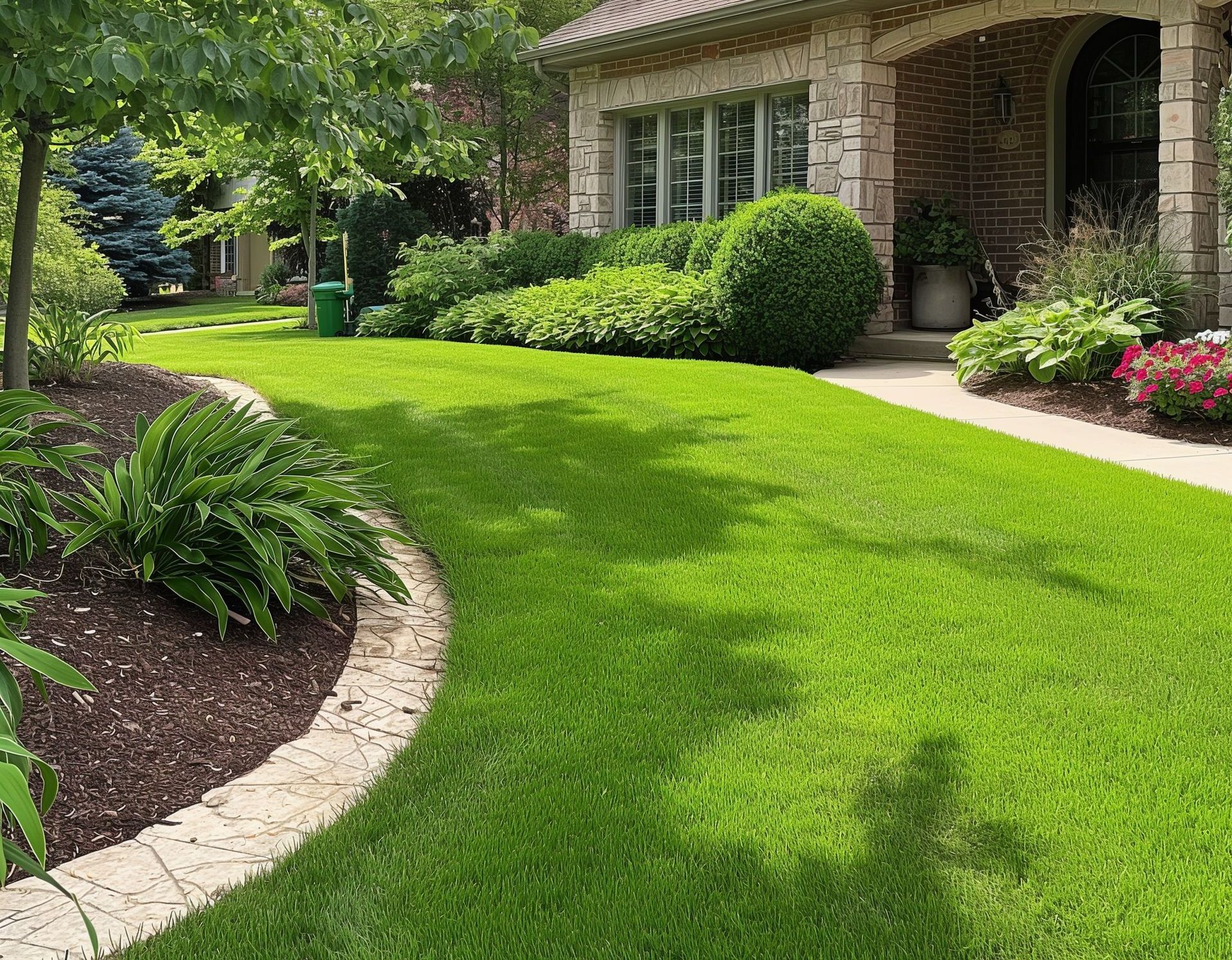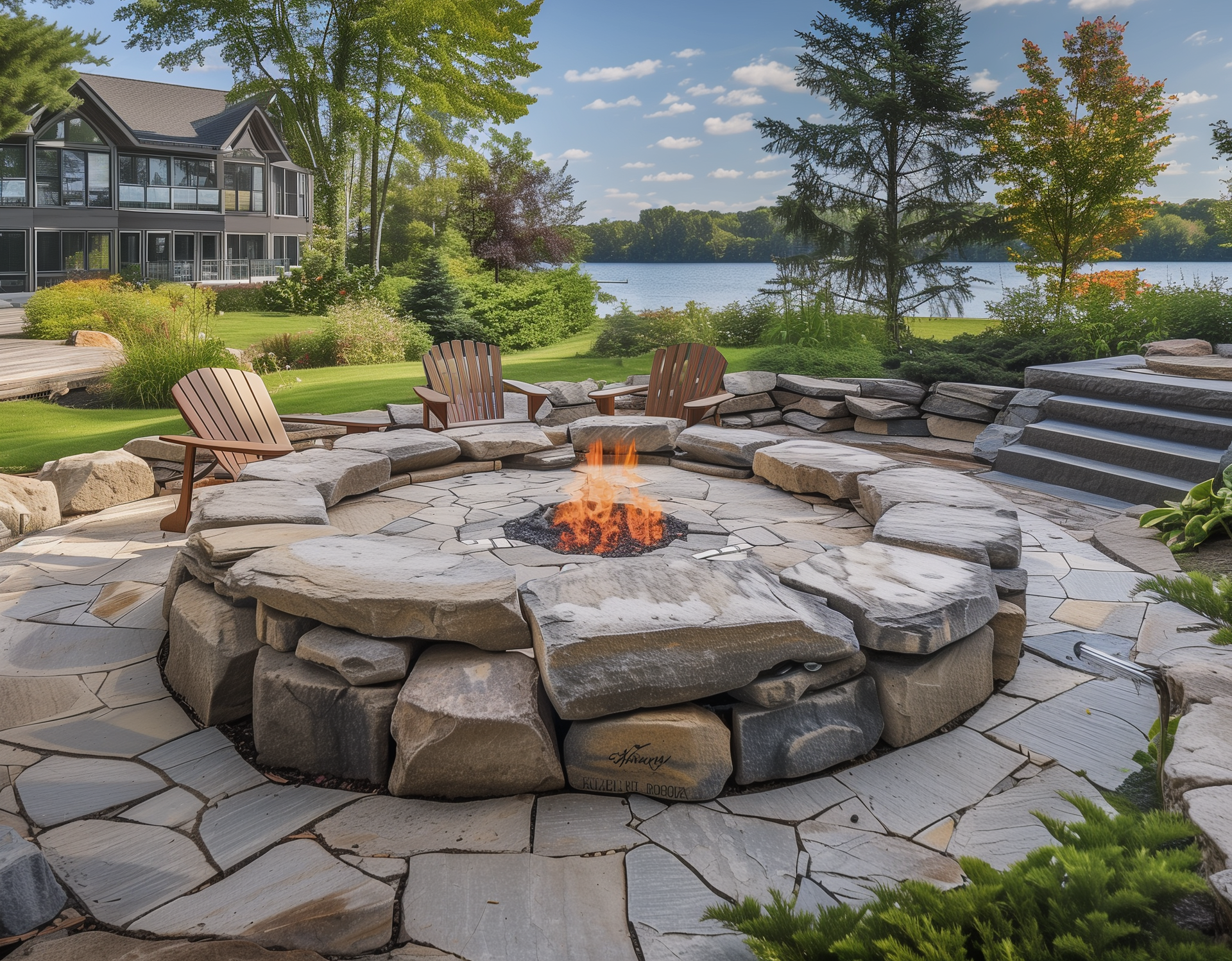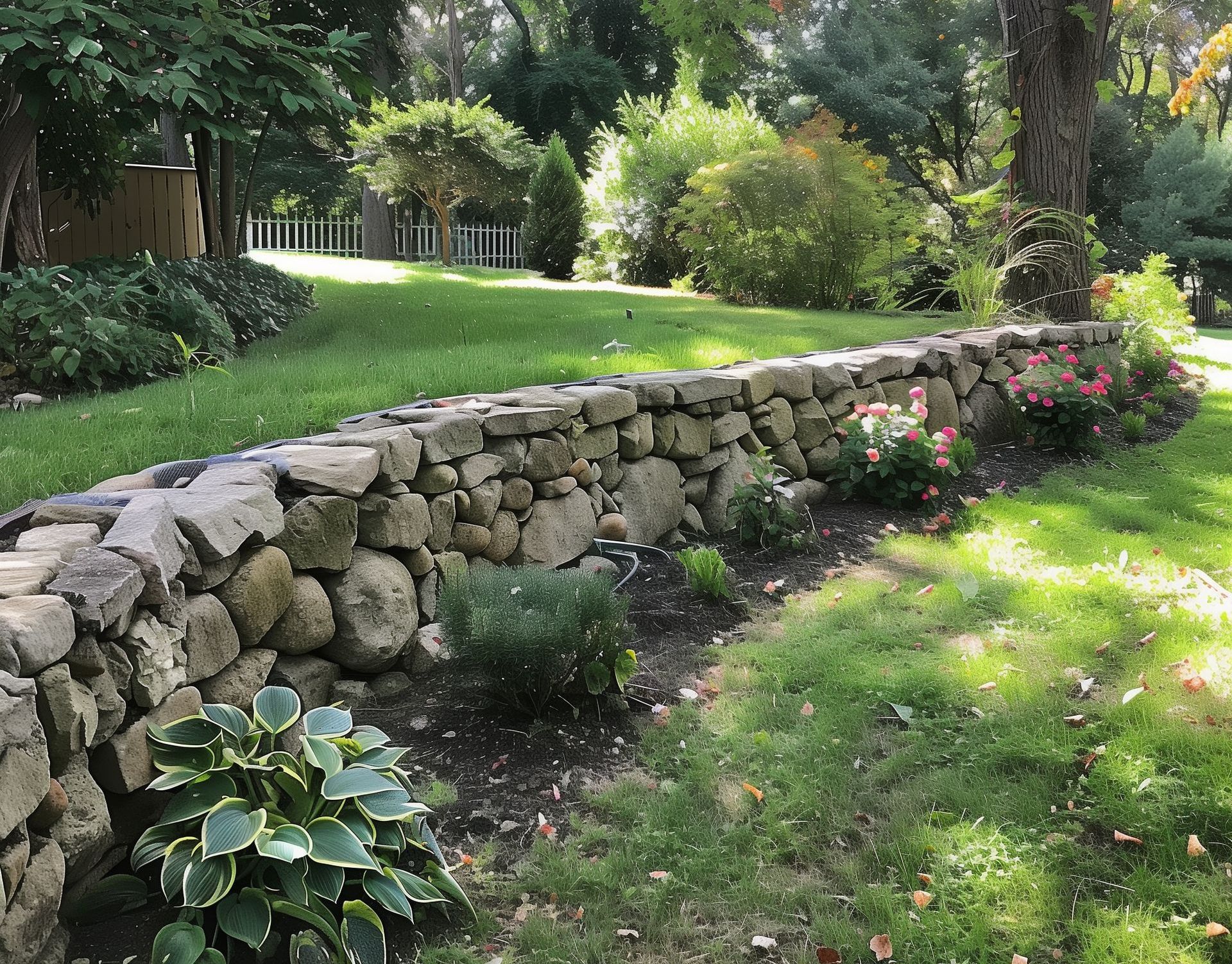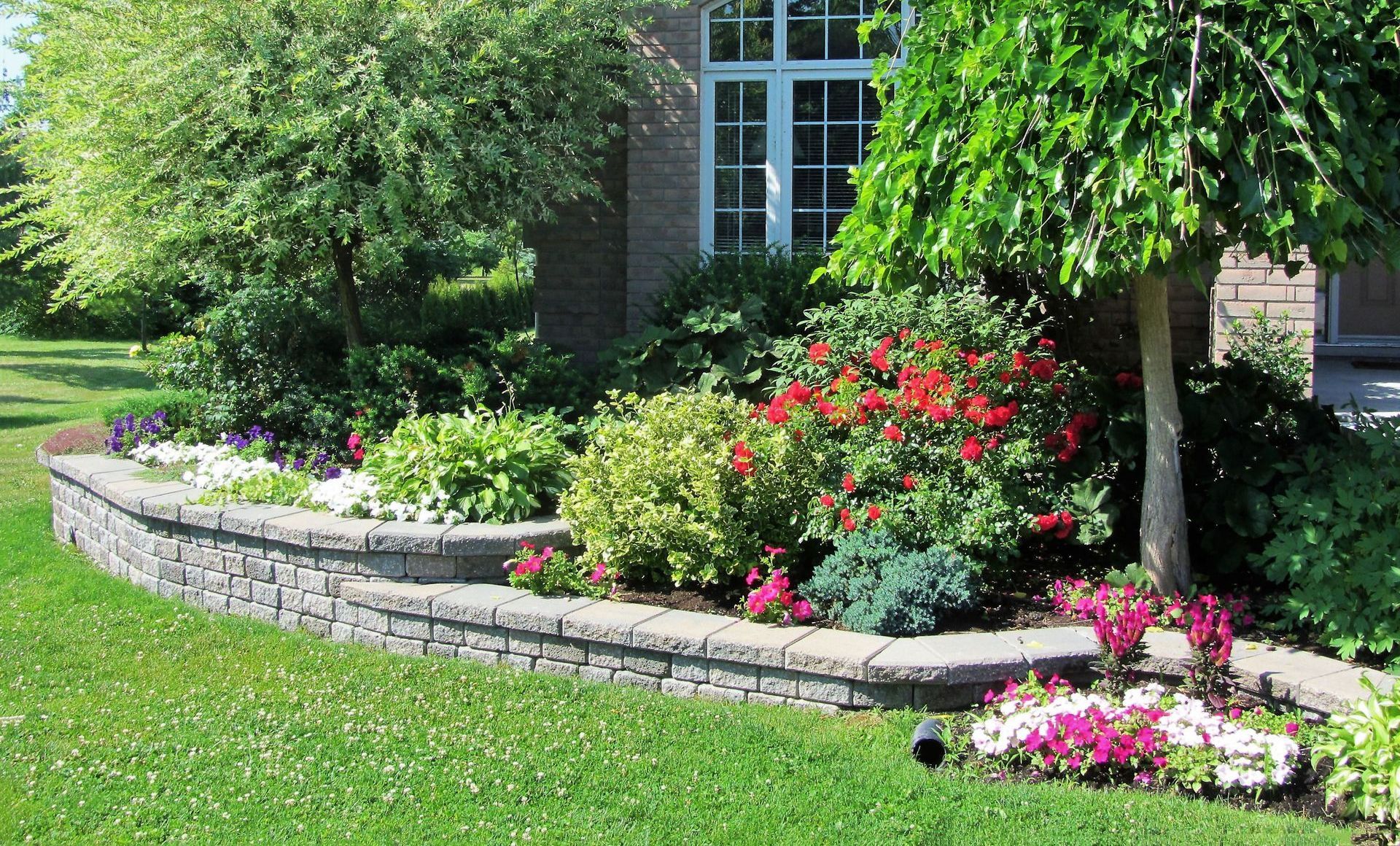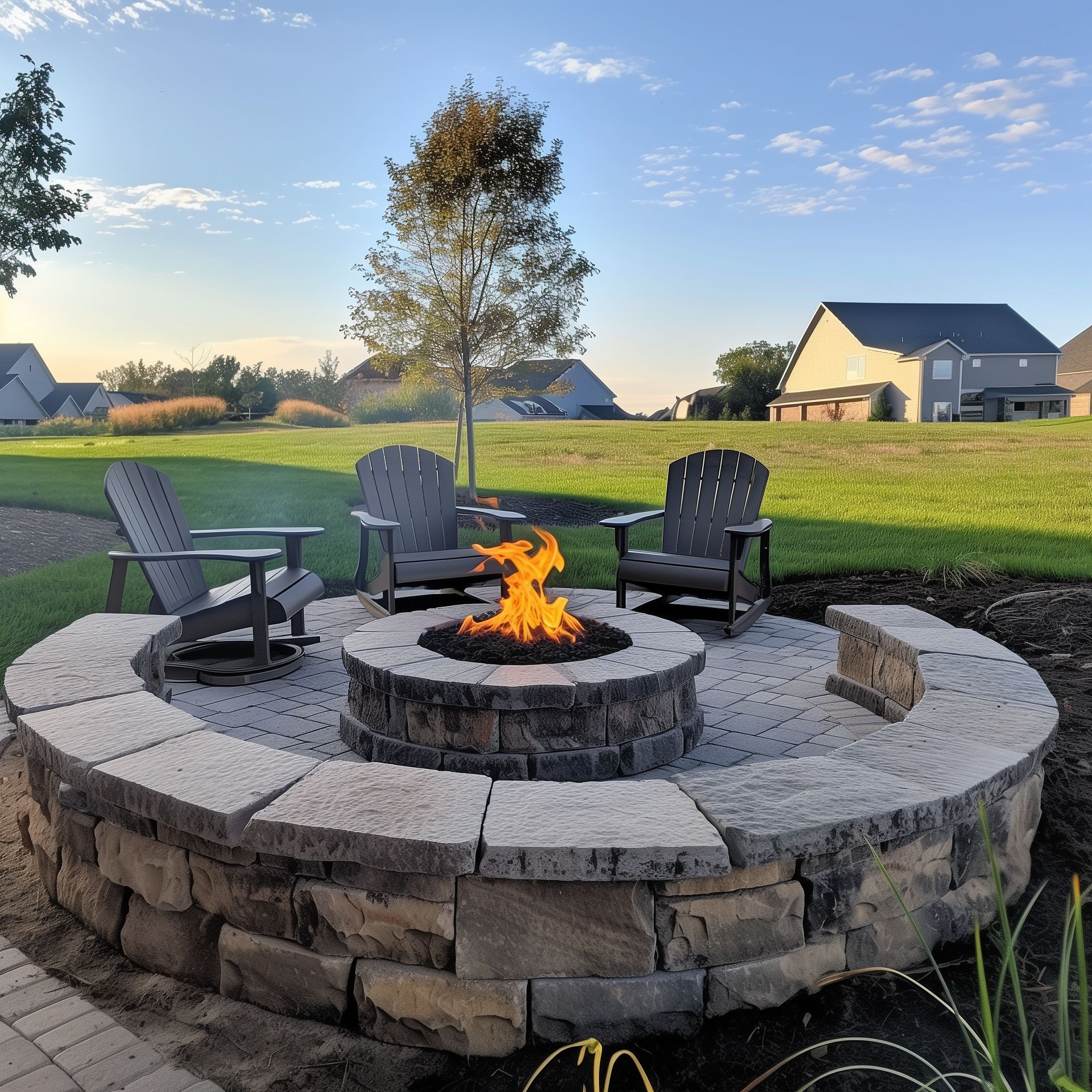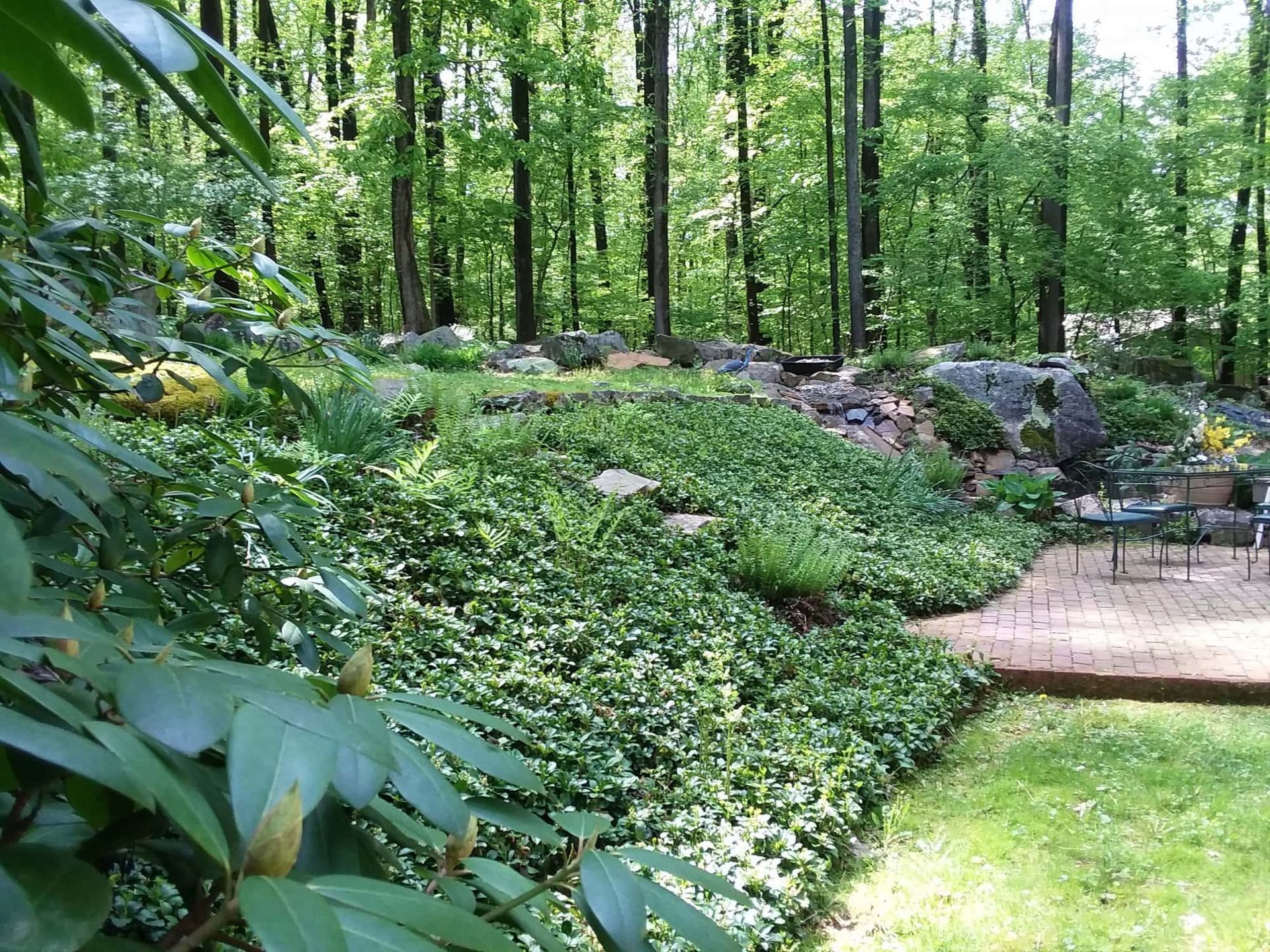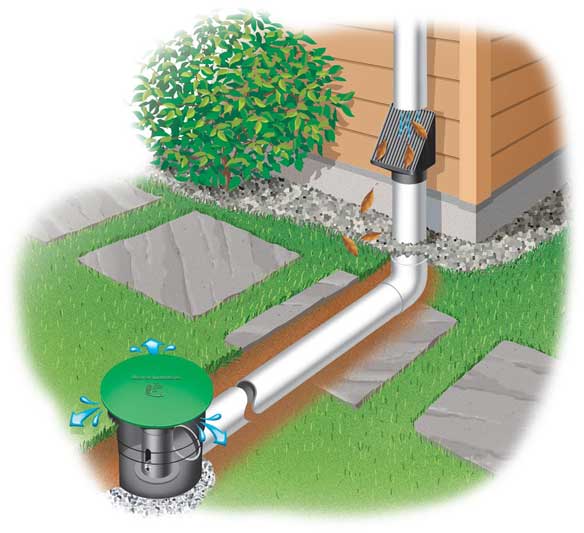
Do Underground Downspout Extensions Work in Winter?
In Minnesota, underground gutter extensions can be a great solution for certain types of outdoor drainage problems. However, if they are not designed, installed and cared for correctly they can end up causing some potentially major issues. The primary goal of underground downspout drainage piping is to get water safely away from the foundation. Doing this in Minneapolis and St. Paul requires us to keep freezing issues in mind when building these systems. When these pipes freeze, they will almost certainly become blocked, which can lead to water backing up and overflowing near homes foundation and/or causing ice problems on a walkway or driveway. Water freezing inside of the drainage pipe can crack the pipe, allowing water to leak out underground through the break....which is not good. Here are some of the the factors that our designers keep in mind when planning underground downspout drainage systems in MN.
Install Proper Slope in the Underground Pipe
- Slope: Underground gutter extension piping should be installed with a minimum of a 1/4″ per foot of slope to move water effectively through the pipe.
- Drain Water Quickly: The faster water moves through the pipe and out to the intended discharge location, the less likely that water is to freeze within the drainage system.
- Prevent dips/low spots in the Pipe: If underground downspout extension tubing contains wavy or low spots anywhere in the length of the pipe, those low spots could hold water like the trap in a sink. Pipe that holds water above the frost line in MN typically breaks and leaks, so make sure the slope of the pipe is constant with no dips or low spots.
- Measure:
At KG Landscape, we measure each section of pipe using laser transit's to ensure the proper slope is installed throughout the entire length of pipe.
Plan for the Challenges of Discharging Water in the Winter
Underground downspout drainage systems are almost never designed to be entirely below the 42" frost line in the Minneapolis and St. Paul (due to cost and other discharge challenges). But...it doesn't rain in the winter in MN so who cares right? Well, for the most part that's correct. However, every spring in MN the snow and ice on the roof melt does some melting during the day and then refreezes as the temperature drop back down at night. We also regularly get large late winter/early spring rain events that take place while the ground is still frozen. So in MN, we need to be aware of the challenges that freezing temps, frozen ground and snow cover can cause for our underground drainage pipe systems.
- Disconnect in Winter: generally speaking, underground gutters should be disconnected during the winter months and then re-connected after the ground thaws in spring. This means reconnecting the above ground downspout extenders and bypassing the below ground system completely for the winter.
- Use Perforated Pipe Where Possible: After you are a safe distant away from the house and/or other hardscape spaces where you wouldn't want to add water, change from non-perforated to perforated piping to help prevent the underground downspout pipe from holding water that could freeze and cause a blockage or damage. This also helps the pipe drain when the discharge end gets blocked.
- Get Below the Frost line: If you can't or don't want to disconnect you underground downspout system in the winter, then you should get below the frost line. We often do this building a dry well or French that reached below the frost line (we typically go 4' down to be safe) and collects the discharging water at the end of system, allowing it to infiltrate the unfrozen soils below.
- Keep the Discharge Clear from Ice/Snow: Pop-up emitters as well as other lawn drains are often used to discharge water into the lawn at the end of the system. If the drains that water is supposed to empty out of are covered and blocked by snow and ice, this can lead to failure and freezing damage. Clear the snow to uncover the drain
Other Winter Protection Ideas of Underground Drainage Pipe
- PCV is Stronger than Corrugated Pipe: PVC pipe is stronger, more durable to freeze damage and all around superior to corrugated pipe. However, PVC is significantly more expensive and time consuming to work with than corrugated pipe, which is why corrugated piping is far more commonly used that PVC by MN outdoor drainage contractors.
- Self-regulating/self-limiting heating cable: Basically, just as heated cable is used on roofs and gutters to prevent ice damns, it can also be used inside of PVC underground downspouts to prevent ice blockage/damage. It’s a safe way to keep a PVC tube warm enough to keep working throughout the winter.
- Air Gaps and Disconnects: Give water a way out should the below ground pipe ever become frozen. For example, when designing a underground drainage system for a sump it’s extremely important to install an air gap between the discharge and the underground portion of the system, similar to the one shown below. The funnel allows all the water to be collected into the underground pipes, but still allows water to exist the sump pump discharge system via the air gap should the underground draiange pipe ever become frozen.

Find out if an underground downspout drainage system will help solve your drainage problems, by contacting KG Landscape Today.
The post How to Prevent Freezing, Blockages & Breaks in Underground Downspout Drainage Systems appeared first on KG Landscape.com
Ready to Start on Your Next Project?
Call us at (763) 568-7251 or visit our quick quote page.
